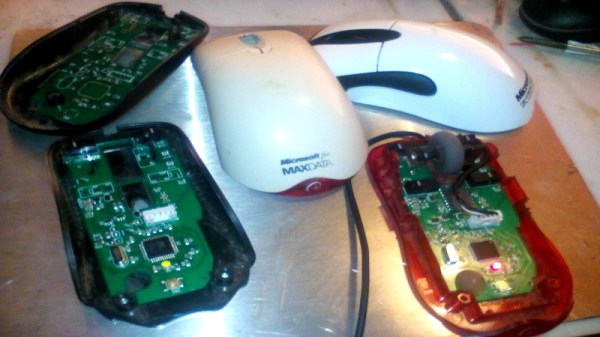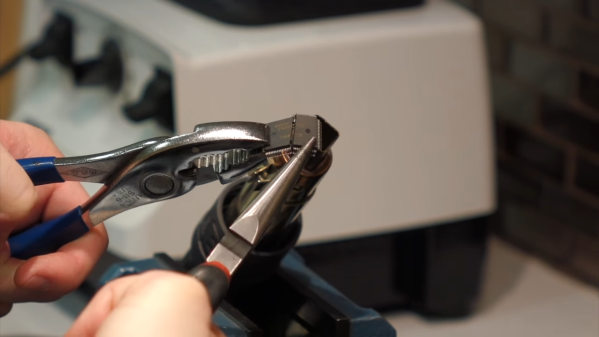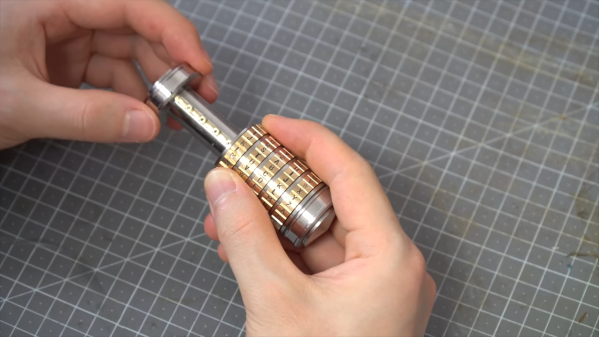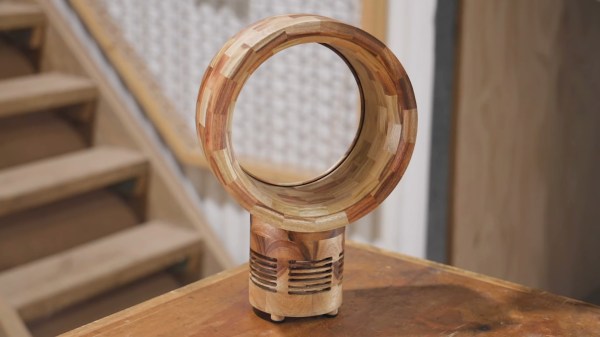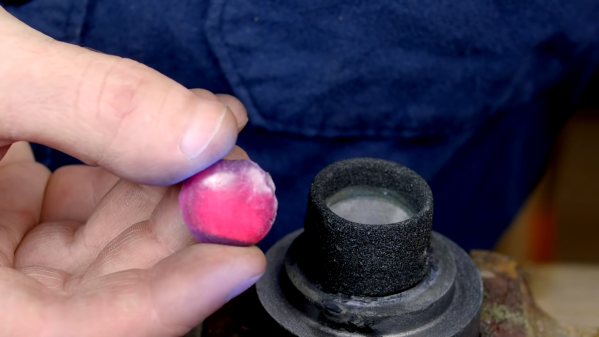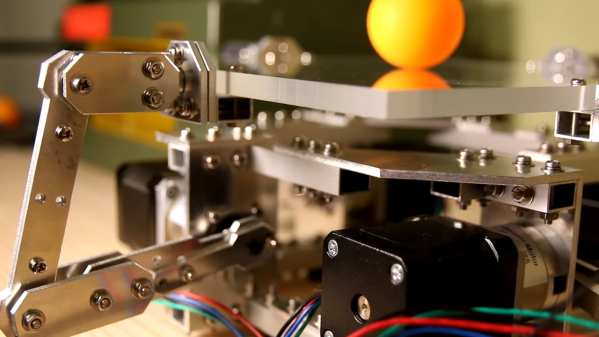For the dedicated gamer or hardcore computer user, there’s plenty of options for high-end input peripherals. We’ve seen plenty of makers build their own bespoke keyboards, too. Less commonly seen are custom mice, but [gipetto TranquilTempest] has crafted just such a device to suit their tastes.
The mouse is based on the PMW3360 sensor, prized for its 250 inch per second speed and 50g acceleration capability. Buttons are read by an ATMEGA32U4 which handles hardware debouncing for improved control. Anyone that’s accidentally double-clicked all their villagers in AOE II can appreciate this feature. There’s also specialised code to read the wheel encoder from [Ben Buxton] which helps avoids backscrolling.
The PCB was ordered from JLCPCB using their assembly service, which comes in handy for makers who want to build advanced designs without messing around with reflow. It’s designed to fit inside Microsoft mouse shells popular in years past – like the Wheel Mouse Optical and the Intellimouse 1.3.
Building your own mouse from the ground up is a great way to get yourself an input device that perfectly serves your needs. We’ve seen others work in the field, with custom trackballs and breakout boards for sensors. If you’ve got your own cutting edge build, be sure to let us know!

